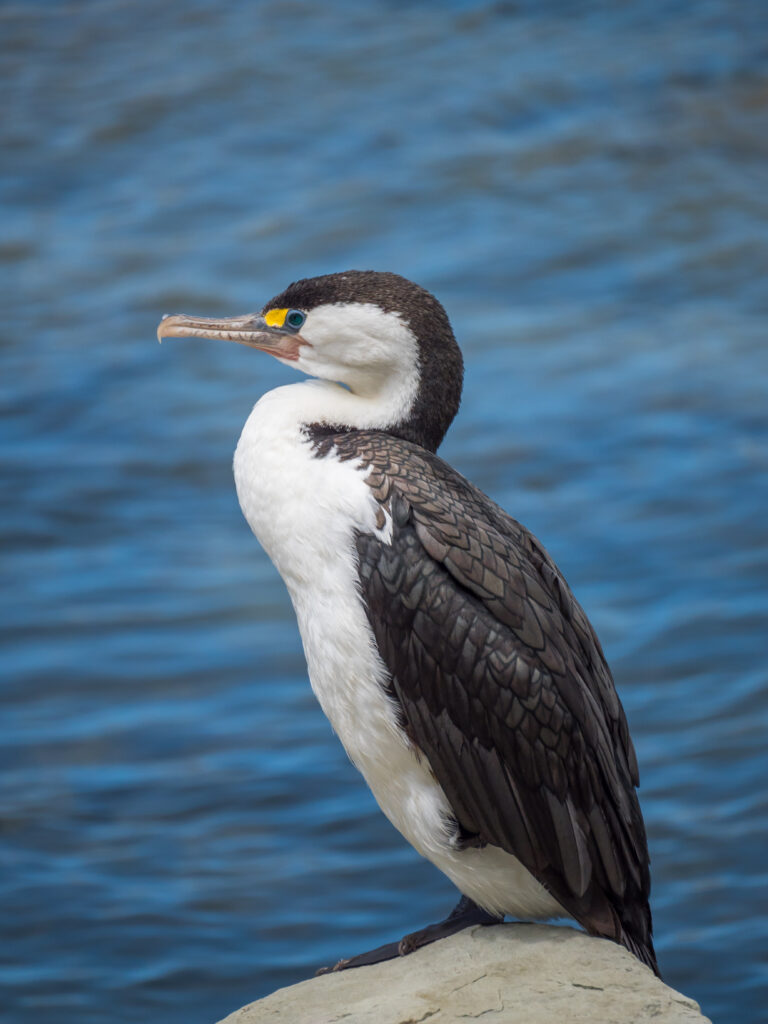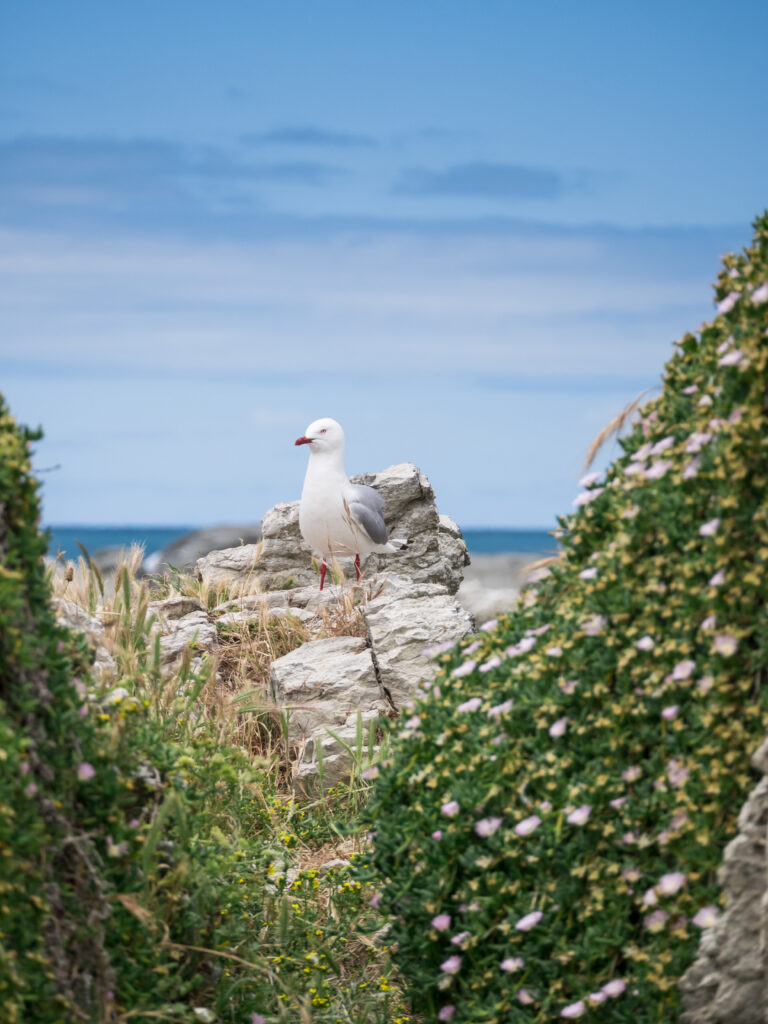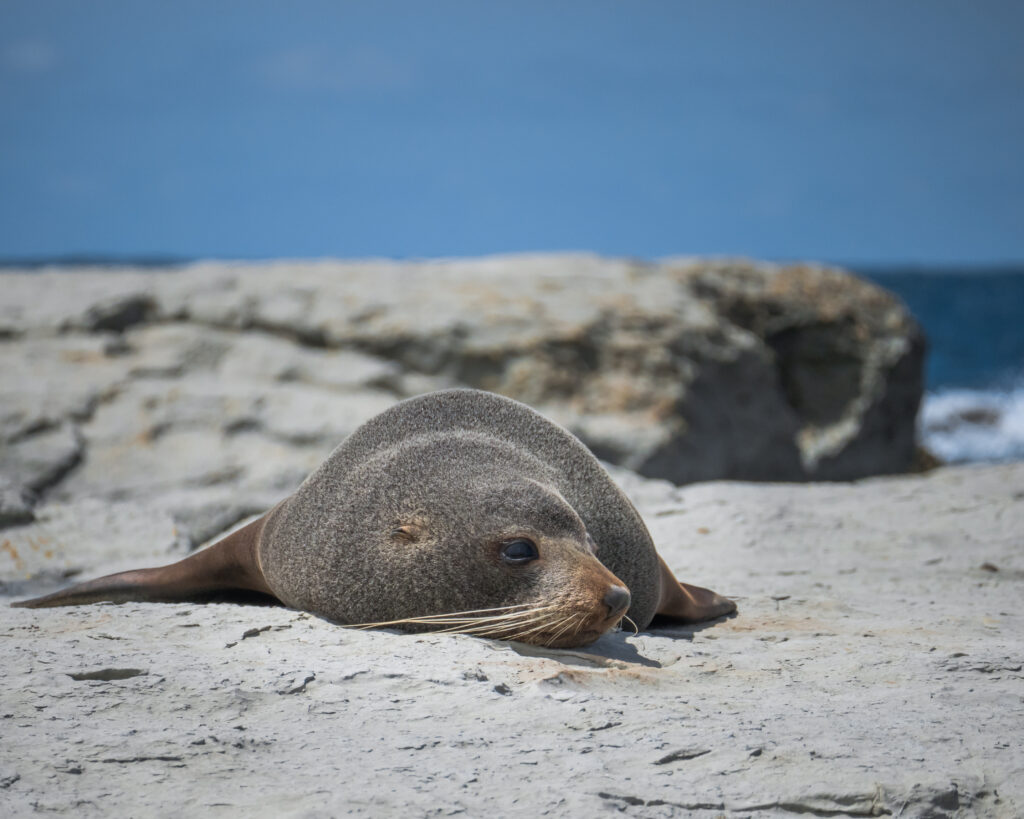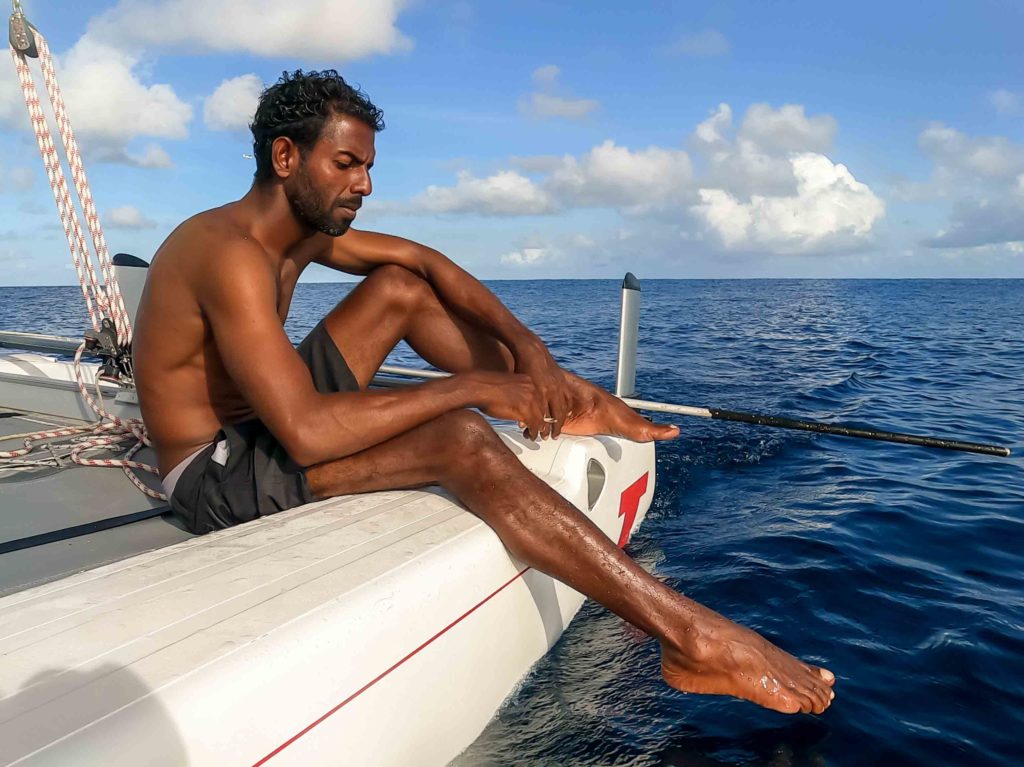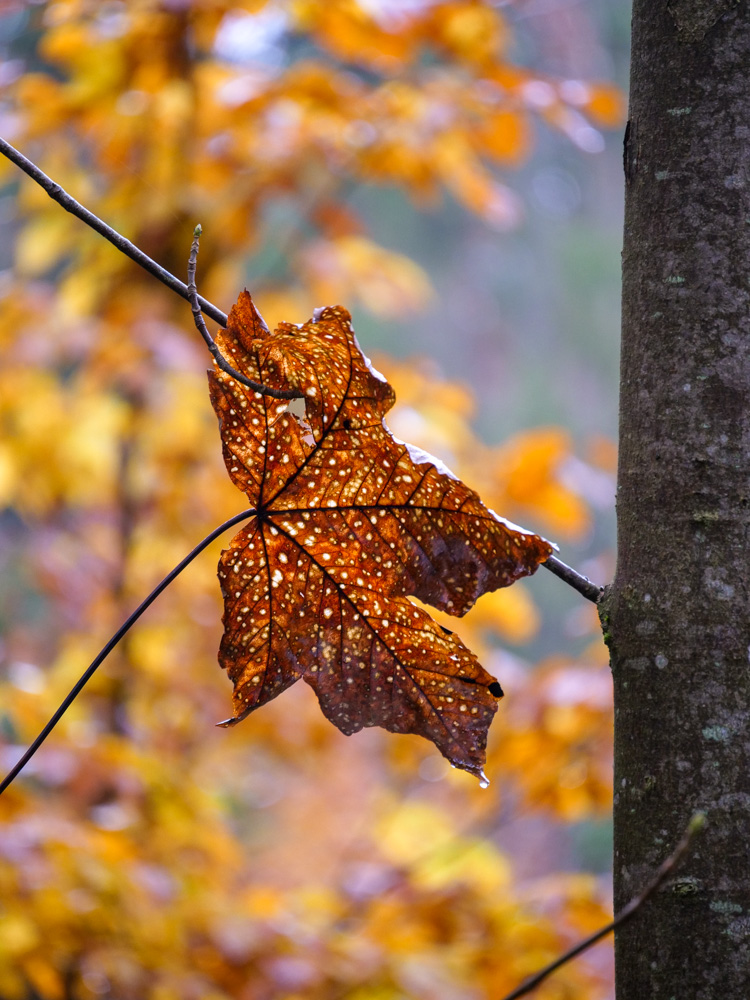Did you know that you can see the world’s largest predators year-round in New Zealand?
I travelled to Kaikōura – 2.5 hours north of Christchurch – to try see them for myself.
Kaikōura is a small, southern seaside town, famous for abundant sea life, rugged mountain views and crayfish. I was there for one thing, and one thing only: Whale watching.
Every year, thousands of whales pass through Kaikōura to migrate to the poles. But there is one species you can see year-round: Sperm Whales.
Although Sperm whales also migrate, some young males are permanent residents in Kaikōura.
The reason lies offshore.
The Hikurangi Trench
Located 80 km east of Kaikōura is the Hikurangi Trench. This deep underwater canyon is over 3500m long and over 3, 000m deep. These impressive depths support the upwelling of cold, nutrient rich water from the Pacific Ocean. This creates a thriving ecosystem for a variety of marine species, including hungry marine predators.
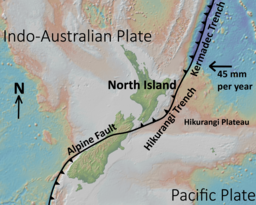
Sperm Whales are the largest predators in the world, reaching up to 16m long. They are famous for diving the ocean’s depths to hunt another giant: Colossal Squid.
In my quest to see Sperm Whales, I boarded the Whale Watch Kaikōura tour. The crew informed us that there would be swells – aka a high chance of sea sickness. My friend and I decided to take some sea sickness tablets and readied ourselves for an adventure.
As the catamaran pulled away from the dock and headed out to open sea, we watched the depths increase beneath our feet from an onboard TV. After about 15 minutes, we reached our first stop of 1000 meters depth at the edge of the Hikurangi Trench. A crew member lowered a hydrophone (an underwater microphone) into the water. Then, they listened.
Sperm Whales produce powerful clicking sounds to hunt and stun their prey. These clicks can be 230 decibels – louder than a jet plane taking off! Our commentator informed us that any sounds louder than 200 decibels can actually kill a person…
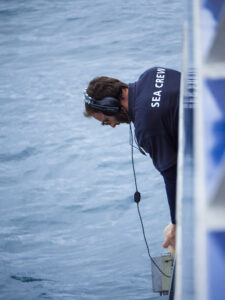
The crew informed us that they could hear clicks from a male in the ocean’s depths, so we set off again. As we passed over the surging waves, the seasickness pills started to become handy. There were other passengers who were not so lucky…
At our second stop, we met a curious fur seal who circled the boat and a beautiful Southern Royal Albatross. These birds spend most of their life fishing and roaming the ocean with their impressive 3m wingspans! Sadly there were no whales in sight….
While the captain continued searching for the elusive whale, our commentator shared some other Sperm Whale secrets.
These whales are impressive free divers and can hold their breath for 90 minutes! Their large bulbous heads contain up to 1, 9000 litres of Spermaceti oil – a feature that gave Sperm Whales their name. This oil solidifies at cold temperatures and may help Sperm whales control their buoyancy and sink to their deep sea hunting grounds. Besides hunting Giant Squid (which can be over 12m long) male Sperm Whales also eat rays and Sharks – including Great White’s!
After travelling around the trench for over 90 minutes, and making several stops, we still had not seen any whales and had to return to shore.
Although we did not see any whales on this trip I enjoyed being out at sea and loved the informative commentary. I would definitely come back to Kaikōura and make another attempt to spot these amazing creatures. Maybe this time by Air!
Whale Watch Tour Details
- $165 per adult (up to 50% off in winter!)
- 3 hour tour including bus transfers – about 2 hours on boat
- 95% chance of seeing whales – 80% refund guaranteed if you don’t spot a whale!
- Sea sickness remedy available in the gift shop – highly recommend!
- See more here
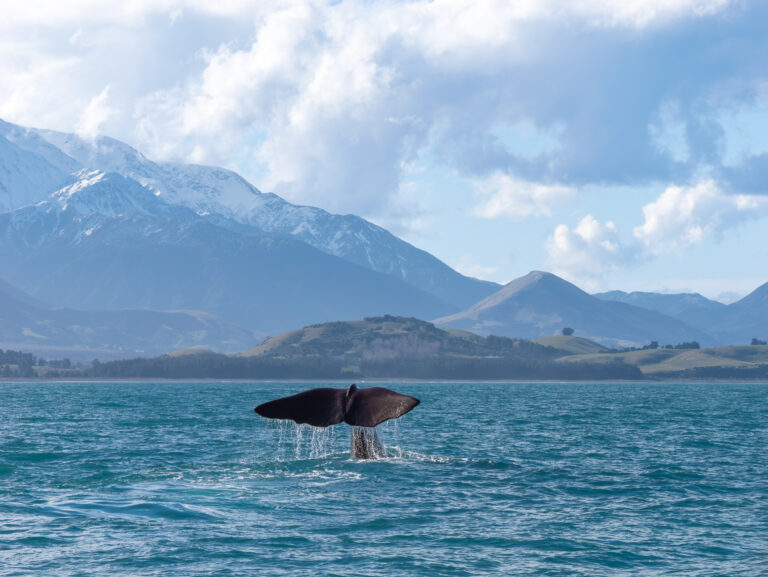
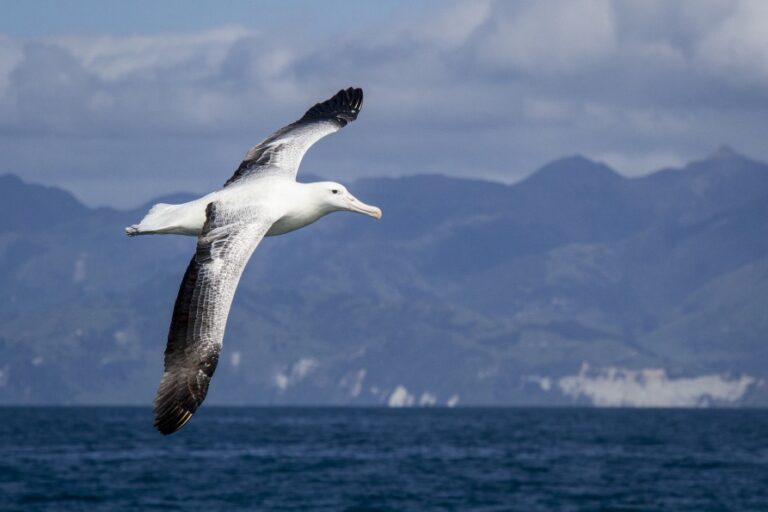
Other Kaikōura must-dos
Fyffe house
You can discover the darker side of Kaikōura at the historic Fyffe house, just minutes from town.
Built in the 1840’s, this charming pink cottage, overlooking the sea, has a dark past tied to whaling. After paying a small entrance fee, you can explore the house filled with European relics from the whaling era and learn how Māori also used the site for hunting.
When the industry of whaling finally declined in the mid-19th century, the Fyffe house transitioned into a farming estate. The property has since changed hands and is now a museum managed by the New Zealand Historic Places trust.
Seal colony at Point Kean
Walk across the amazingly flat rocky plateau and along the rugged Kaikōura peninsula to the Seal Colony. During the summer, you can see puppy eyed fur seals and thousands of endangered red billed gulls raising their chicks.
Be sure to keep 10m away from all seals and respect any fencing, especially during the breeding seasons.
Kaikōura Peninsula Walk from South Bay
